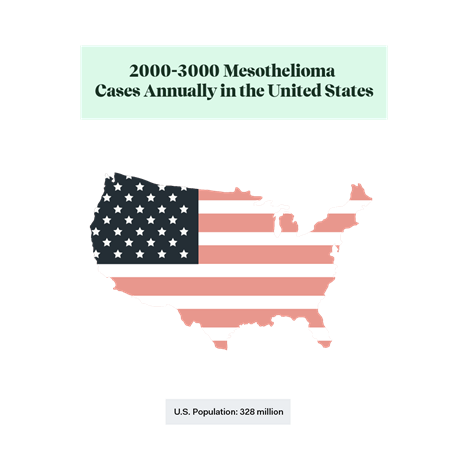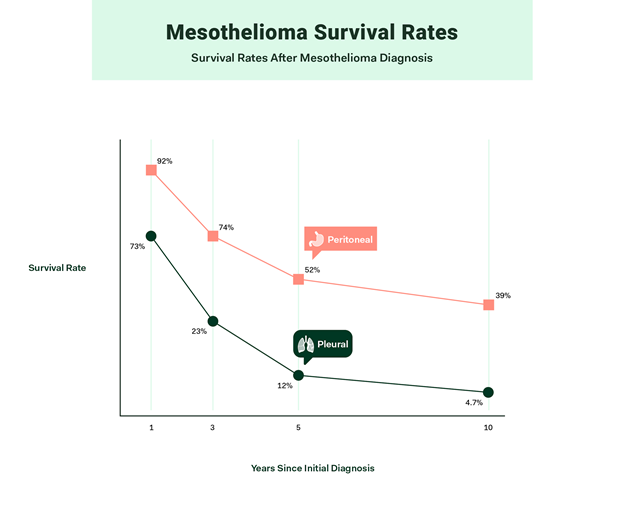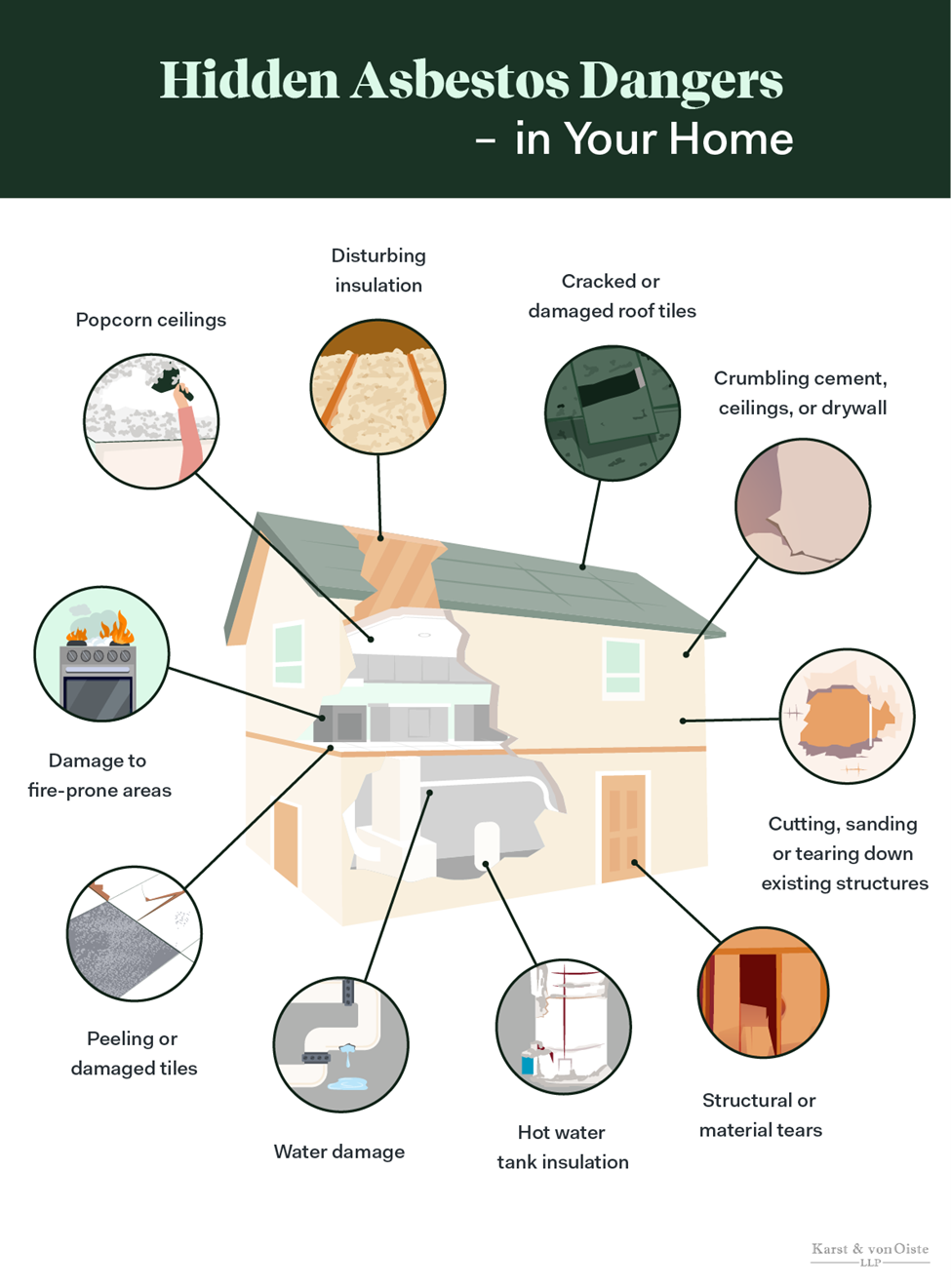
Did you know that a silent and dormant killer may be living in your home? For decades asbestos was known as a prized mineral and used everywhere in building materials, home products, and so much more. That means asbestos exposure in homes, especially in those built before 1980, remains a very real threat for many today.
Since there is no safe level of asbestos exposure, any trace amount can pose a danger. This danger rises with increased duration or intensity of exposure, if you are a smoker, and depending on your age.
Asbestos particles released in the air, especially during home maintenance, repair, or renovations, present a risk to you and your family.
Regardless of attempts to monitor or ban asbestos, it is still not banned in the US (November 2020). That means being aware of the risks and the potential threat is important in order to protect you and your family.
What is Asbestos?
There are no asbestos spores, and asbestos is not human-made as some may have been misled to believe. So, what is asbestos?
Asbestos is a group of 6 unique silicate minerals that occur naturally.
It is incredibly flexible, fireproof, durable, and lightweight. It bonds easily with other fibers or materials, making it a historically popular choice for a wide range of commercial applications.
In fact, these silicate minerals have been of human interest since ancient times.
Archeologists find asbestos in ancient funeral shrouds. Plus, there are many stories and tales of fireproof cloth cleaned by simply being thrown in the fireplace. Descriptions of how the material was made signify that these “magical” items contained asbestos.
Eventually, asbestos came to be one of the first choices for use in thousands and thousands of modern products including construction material, fire-resistant products, and more.
However, asbestos is the number one cause of occupational cancer and the only known cause of mesothelioma. Its hazard to human health is of epic proportions, especially because many products made with asbestos still exist in our homes.
Asbestos the Mineral
Asbestos mines exist all over the world, where miners extract the mineral for use in commercial products.
By combining asbestos with other materials, they become stronger, more durable, fireproof, and even lighter in weight.
There are 6 types of known asbestos minerals:
- Chrysotile – accounts for about 95% of all asbestos in commercial use.
- Anthophyllite – most rare, mostly found in Finland.
- Amosite (Grunerite) – brown asbestos.
- Crocidolite (Riebeckite) – blue asbestos.
- Tremolite – can be found in deposits of talc and vermiculite.
- Actinolite – green asbestos, often used with vermiculite for insulation.
The 6 types can be split into two categories based on the fiber type: serpentine (curly) and amphibole (needle-like).
Once considered a “miracle material,” it can be found in products across most markets, including vinyl flooring, roofing cement, and insulating materials. It was even used as fake snow on film sets like “The Wizard of Oz” and on holiday decorations in the 1930s.
How Asbestos is Useful But Deadly
It wasn’t until the industrial revolution when the asbestos mining industry exploded. In the late 1800s, the dash to mine as much as possible shined a horrific light on the hazardous effects of asbestos.
At first, the health risk was blamed on the harsh working conditions or attributed to other illnesses such as consumption (tuberculosis). However, the reality was that those who worked in asbestos mines or factories often died after a few years.
As early as 1900, we can confirm doctors recorded the dangers of asbestos. Since then, an increasing number of studies and cases clearly show the damage asbestos causes. Unfortunately, it is not only in occupational settings that a risk exists but also in the home or even in the environment.
Over time healthcare organizations, doctors, and countries began to see and recognize the deadly consequences associated with asbestos. Since it can take many years for symptoms to reveal themselves, connecting the source of the sickness to asbestos was largely contested, especially by companies benefitting from the use of the mineral.
While it may be a useful mineral for material products, it is a real hazard to human health.
You see, asbestos fibers act like tiny toxic shards. When mishandled, broken asbestos fibers can become airborne. Their microscopic size means we can unknowingly and easily inhale them.
When we breathe in these asbestos particles, they often cause small lesions that lead to damage and eventual disease including:
Asbestosis – develops from asbestos fibers getting stuck in the alveoli – the air sacs in your lungs.
Lung Cancer – asbestos particles can cause DNA aberrations which lead to the uncontrolled growth of abnormal cells, i.e., cancer.
Mesothelioma – develops from asbestos fibers getting stuck in the lung’s thin lining or the lining of the abdominal cavity, heart, or testicles.
Asbestos is a known carcinogen and is the only known cause of mesothelioma. Mesothelioma or pleural mesothelioma is one of the most aggressive and fatal cancers.
10 Mesothelioma and Asbestos Facts
- The first country to ban asbestos: Iceland
- Asbestos use is banned in 67 countries. (Not in the US, many asbestos products are still imported from Mexico and Asia.)
- Largest producers of asbestos: Russia, China, Kazakhstan
- When did the US stop mining asbestos? 2002
- How is asbestos damage caused? Inhaling and swallowing airborne asbestos particles
- How many people are exposed? About 125 million people in the world are exposed to asbestos at the workplace
- How many asbestos-related deaths estimated each year: 39,275 deaths annually. (NIH) Mesothelioma cases in the US: 2000-3000 annually. (NIH). From 2013-2017, in the United States, 16,188 new cases of Mesothelioma were reported, and 12,659 people died of this cancer.
- US Mesothelioma Report: For every 100,000 people, 1 new Mesothelioma case is reported and 1 person dies of this cancer. (CDC)

- Latency period: Typically from 20-40, and up to 71 years. (CDC)
- Occupational Causes of Cancer: Half of the deaths from occupational cancer are estimated to be caused by asbestos. (WHO)

History of Asbestos in Home Construction
While asbestos has been used for centuries, its use in home construction and in everyday home materials dramatically increased in the early 20th century.
It was the beginning of a construction revolution.
All thanks to the industrial revolution, throughout the 20th century a strong push in the commercial use of asbestos meant asbestos-laced products flooded the modern world.
Between rebuilding following WWI and WWII, tons of homes, schools, military, and government buildings worldwide contain asbestos. In many homes today, you can still find asbestos.
One of the most popular uses of asbestos was in conjunction with cement. Perhaps one of the first construction compounds, the combination of cement and asbestos produced a lighter weight and incredibly durable product. It produced a material that could be used everywhere at a lower price point.
Asbestos cement was incredibly popular for a wide range of uses, including roof cement, siding panels, floors, water pipes, flower boxes, hot air ducts, and much more.
One of the scariest products using asbestos is sprayed-on insulation. This type of insulation is great because it can fill in tiny cracks. However, the insulation fibers can easily break free if scratched or damaged and release small, dangerous particles into the air. Other similar products were used for spray-on cement insulation and spray on wall plaster. It was an especially popular product in the 70s.
Asbestos boards are another risk that can be found in boiler rooms or on electric switch panels. Originally prized for its anti-flammability, it can be easily scratched and release dangerous fibers.
Asbestos products were used as foundational construction components. That means if your home is built anytime before 1980, then there is probably asbestos in some part.
If your home falls in this category and you have done any renovations, you will likely have asbestos exposure. The only way to really know whether your home contains asbestos, you must have it inspected by a professional asbestos expert.
Remember, the health consequences caused by asbestos exposure can take between 20-40 years to show up.
Identifying Materials or Products with Asbestos in the Home
It can be hard to pinpoint where in your home asbestos might be found.
Asbestos is historically a standard component of home building materials and products. It was regularly used in houses built between the early 1900s up until the 1970s.
As homes get older, these asbestos laced products can become damaged or deteriorate and release dangerous particles into the air we breathe.
Fortunately, if the material in question is undamaged, the hazard is limited. However, since asbestos was regularly used in paint, walls, fabric, flooring, furniture components, roofing, and fireproofing, exercising caution in older homes is important.
It is not easy to identify whether or not a material contains asbestos, so hiring a qualified expert is the first step. Here are some areas where asbestos exposure can pose a risk:
- Insulation: ceiling material, siding, insulation, window putty, boiler insulation.
- Utility: HVAC duct insulation, wiring insulation, pipe insulation, clothes dryers, outlets, generators, recessed lighting, range hoods, dishwashers, electric wiring, oil and coal furnaces, hot water pipes, bottom insulated metal sink.
- Flooring: furnace or boiler room flooring, asphalt floor tiles, linoleum backing, vinyl floor tiles, millboard.
- Walls: siding shingles, drywall, paint, textured paint, decorative plaster, corrugated stone, sheetrock, popcorn wall or ceiling coating.
- Roofing: shingles, felt, tiles, gutters, tar paper.
- External Buildings or Accessory Structures: garden sheds, garages, carports, automotive equipment (brake pads, gaskets, etc.)
If interested in remodeling an older home, it is imperative to find out whether asbestos materials are present.
DIY and Home Renovation Precautions
If your home was built before 1980, you might be considering a renovation or structural update.
In-home renovation projects, owners may destroy walls or install new insulation. The dusty particles floating in these work zones can carry hazardous asbestos particles into the air we breathe and put our health at risk.
Beginning any type of renovation or DIY home-project in homes, particularly those built or refurbished between 1930-1980, can expose you to asbestos.
Don’t do any DIY work or renovation if you suspect your home may have asbestos. Refrain from drilling, sanding, scraping, cutting, tearing, or disturbing any suspicious areas.
First, you should hire a professional to come in and inspect all potentially affected areas. That is the safest and surest way to protect yourself and your family.
Hidden Asbestos Dangers in Your Home
Through our research, we’ve identified common situations where asbestos dangers lurk.
Situations to look out for:
- Crumbling cement, ceilings, or walls
- Structural or material tears
- Disturbing insulation
- Cutting, sanding or tearing down existing structures
- Water damage
- Hot water tank insulation
- Damage to fire-prone areas (around boilers or stoves)
- Garage, attic, and basement repairs or work
- Garages with brake dust or old car parts
- Vermiculite insulation
- Popcorn ceilings
- Vinyl Tiles

Sometimes, it is better to leave the existing asbestos material and install a safer product on top. Since breaking a material made with asbestos releases the particles into the air, you are at greater risk if you try to remove the existing material yourself. You can either seal the asbestos product or cover it to prevent the fibers from becoming airborne.
How Can You Protect Your Kids and Family?
Children’s lungs are much more susceptible to damage from exposure to harmful substances. They are smaller, still growing, and children breathe at a higher rate. In fact, according to data from a 2000 study a newborn child is 7 times more likely than a 30-year-old to contract mesothelioma from low-level exposure.
Asbestos contamination can happen from either inhalation or ingestion.
Airborne asbestos is a serious threat to small children who might breathe in the hazardous microscopic shards. It’s especially important to keep them away from construction or renovation sites or attic and basements.
Another thing to consider, children often put their fingers in their mouths. It is crucial to prevent them from having access to areas where they may come into contact with asbestos particles.
If a small child touches asbestos material and then puts their fingers in their mouth, they could ingest the asbestos directly. For example, suppose you have old vinyl flooring peeling up or damaged drywall from the mid-20th century that your child is picking at or curiously interested in. In that case, they may be coming into contact with asbestos.
Important points:
- Avoid exposure to asbestos material if possible
- Avoid areas with suspected asbestos dust
- Avoid disturbing asbestos particles or insulation
- Asbestos material in good condition should be left alone
- Damaged asbestos material or planning renovations: Seek advice from a professional
It can be scary to consider your home was built or updated with dangerous materials. The good news is that if you take care of your home and protect your children from harmful situations, then you and your family should be safe.
Limiting Exposure and Home Safety
Since it is impossible to know if a material contains asbestos simply by looking at it, first consider how old it is, and second don’t touch it.
Take every precaution to not damage any materials that you suspect may contain asbestos. It is when you disturb the asbestos fibers that they can become airborne and dangerous.
If you are interested in replacing asbestos materials, work with a professional asbestos inspector and, if necessary, an asbestos contractor for the safest removal and renovation.
A few things to keep in mind:
- Do not frequent potentially harmful spaces like old garages, attics or basements where insulation or fireproofed material was often used.
- Don’t use abrasive pads or brushes to strip or scrub flooring that may be made with asbestos.
- Do not vacuum, power wash or pressure wash any areas that may have asbestos.
- When moving objects in the garage, attic, or basement, use moist dust rags to clean up and prevent potential asbestos fibers from becoming airborne.
It’s important to know that while many products are tested and vetted for asbestos use, there are still cases today where you might encounter a product with asbestos. It could be an old appliance or even a new product. For example:
- Crock-pots (The early 70s)
- Hair Dryers (1979)
- Talcum powder / Baby Powder (Johnson & Johnson, 1971 – early 2000s)
- Crayons (2015)
- Products from Claire’s Stores, Inc. (2019)
Other products may include the following: Stoves, ovens, toasters, coffee pots, dishwashers, washing machines, ironing boards, pot holders, oven mitts, electric blankets, and more. A more comprehensive list can be found in this NY Times article of 150 products known to contain asbestos.
Remember, it can take 20 years before individuals begin to experience any symptoms. So, if you were at any point exposed to carcinogenic asbestos by using these types of products, you may be at risk.
Legal Help for Exposure to Asbestos in the Home
Decades of evidence have shown the dangers of asbestos from mining, construction, and production of materials with asbestos.
Although there is ever-growing evidence providing the dangers of asbestos exposure, it is still not banned in the United States.
If you suspect your home is contaminated with asbestos, was constructed using asbestos material, or have had asbestos exposure, you may be entitled to compensation. Contact us to learn about whether or not you have a case.
References:
- Asbestos-related cancers: the ‘Hidden Killer’ remains a global threat – https://www.tandfonline.com/doi/full/10.1080/14737140.2020.1745067
- Asbestos in the home booklet – https://www.north-herts.gov.uk/sites/northherts-cms/files/asbestos_in_the_home_booklet.pdf
- A worn-out welcome, Renewed Call for a Global Ban on Asbestos – https://www.ncbi.nlm.nih.gov/pmc/articles/PMC2920933/
- CPSC.gov – https://www.cpsc.gov/safety-education/safety-guides/home/asbestos-home
- The asbestos lie – https://www.etui.org/sites/default/files/ez_import/FINAL_The_Asbestos_Lie.pdf
- Understanding Asbestos Use in 20th Century Materials – https://www.architectmagazine.com/technology/products/understanding-asbestos-use-in-20th-century-materials_o
- Who.int – https://www.who.int/occupational_health/publications/newsletter/gohnet11e.pdf



